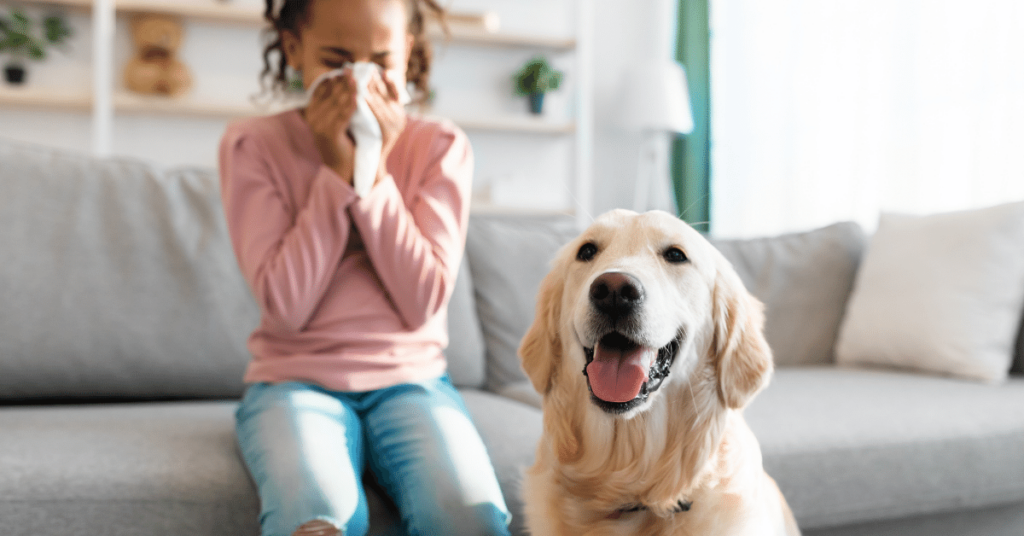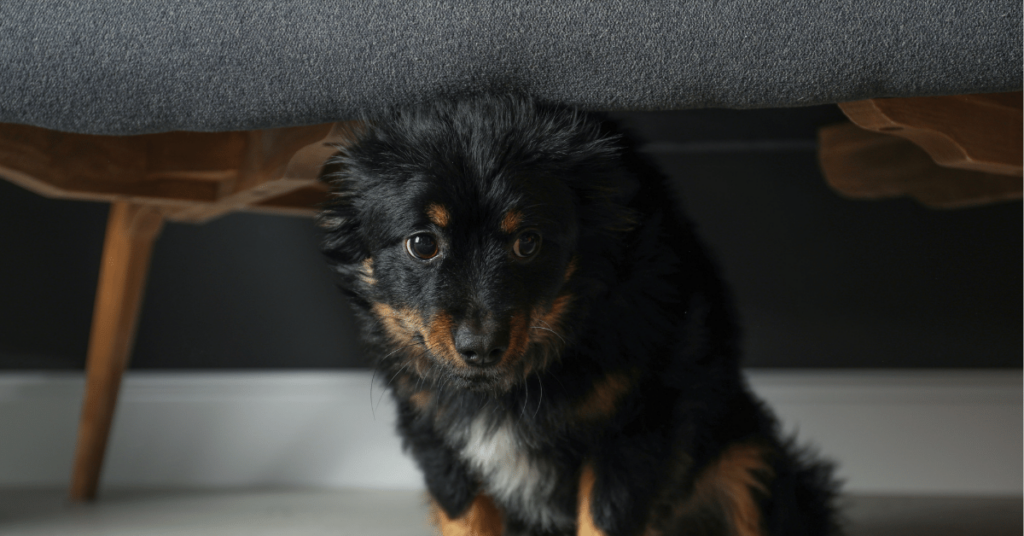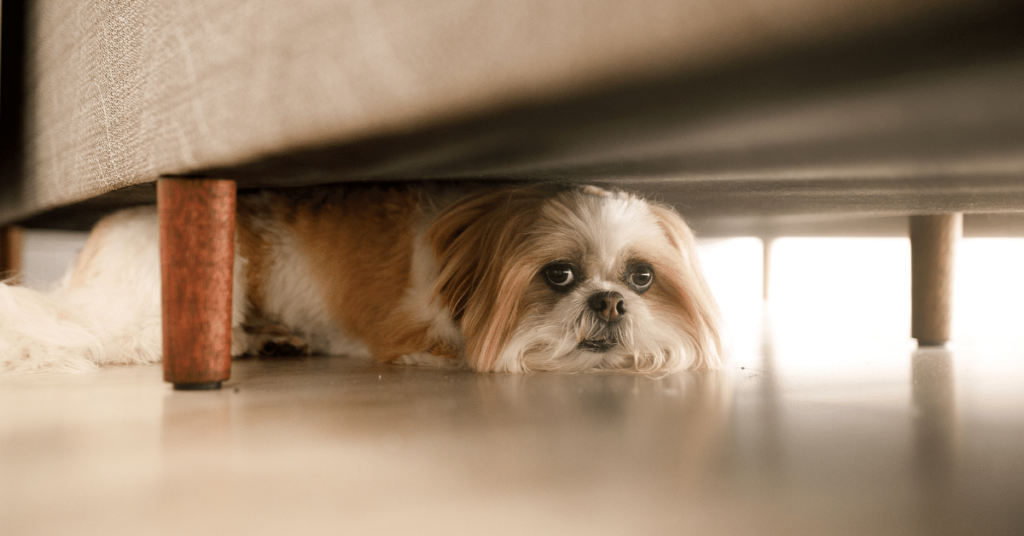Introduction
If you’re one of the many allergy-prone individuals who love animals, you may find yourself struggling to manage pet allergies. The good news is that with the right approach, you can still enjoy the companionship of a furry friend without suffering from constant sneezing and itching. In this article, we will provide you with valuable tips to help you manage pet allergies effectively. From reducing allergens in your home to choosing hypoallergenic pets, we’ve got you covered.
Understanding Pet Allergies
Before diving into the tips, it is essential to understand what causes pet allergies. Contrary to popular belief, pet hair is not the main culprit. Most pet allergies are triggered by a protein called Fel d 1, which is found in the saliva, urine, and dander of cats. Similarly, dogs produce allergens in their skin cells, saliva, and urine. When these allergens become airborne, they can cause an allergic reaction in sensitive individuals.
Tip 1: Create a Hypoallergenic Home
Creating a hypoallergenic environment is crucial for managing pet allergies. Here are some ways to achieve this:
Regular Cleaning
Frequent cleaning is vital to minimize the presence of pet allergens in your home. Vacuum carpets and furniture regularly using a vacuum cleaner equipped with a HEPA filter. This will help remove pet dander and other allergens effectively. Additionally, wash your pet’s bedding often to prevent the buildup of allergens.
Air Purifiers
Invest in a high-quality air purifier with HEPA filtration. This device can help remove airborne pet allergens, providing relief for allergy-prone individuals. Place the air purifier in the rooms where you spend the most time, such as the bedroom and living room.
Keep Pets out of the Bedroom
While it may be tempting to let your furry friend sleep in your bed, it’s best to keep pets out of the bedroom. This will significantly reduce your exposure to allergens while you sleep, allowing you to wake up feeling refreshed and symptom-free.
Tip 2: Grooming and Bathing
Regular grooming and bathing routines for your pets can help minimize the allergens they produce. Here are some grooming tips to consider:
Brushing
Frequent brushing helps remove loose hair and dander from the coat, reducing the amount of allergens in the environment. Use a brush specifically designed for allergy control, and consider doing the grooming outdoors to prevent allergens from spreading indoors.
Bathing
Giving your pet regular baths can help wash away allergens clinging to their fur, making them less likely to trigger an allergic reaction. Consult with your veterinarian to determine the appropriate bathing frequency and use hypoallergenic shampoo formulated for sensitive pets.
Tip 3: Choose Hypoallergenic Pets
If you’re considering adding a new pet to your family, opting for a hypoallergenic breed is a wise choice. While no breed is completely hypoallergenic, some produce fewer allergens than others. Here are a few hypoallergenic options to consider:
Dogs
- Poodle: Their curly coat doesn’t shed much, reducing the amount of allergens released into the air.
- Bichon Frise: These small dogs have hair rather than fur, minimizing the risk of triggering allergies.
- Yorkshire Terrier: Known for their hypoallergenic coats, Yorkshire Terriers produce less dander compared to other breeds.
Cats
- Sphynx: These hairless cats are often well-tolerated by individuals with allergies.
- Russian Blue: While no cat is truly hypoallergenic, Russian Blues produce fewer allergenic proteins.
Tip 4: Consult with an Allergist
If you are still struggling with pet allergies despite taking all the necessary precautions, it’s essential to consult with an allergist. They can help identify the specific allergens triggering your symptoms and provide personalized advice and treatment options, such as allergy shots or medications.
Tip 5: Maintain a Clean Living Space
Apart from regular cleaning, there are a few additional steps you can take to maintain a clean living space when living with pets:
Hard Flooring
Consider replacing carpets with hard flooring, such as hardwood or tile. Carpets can trap allergens, making it difficult to eliminate them completely.
Allergen-Proof Covers
Invest in allergen-proof covers for your mattresses, pillows, and upholstery. These covers create a barrier between you and allergens, reducing exposure and helping alleviate symptoms.
Summary
Living with pet allergies doesn’t mean you have to say goodbye to the joy of having a furry companion. By implementing these tips, you can effectively manage pet allergies and create a comfortable and allergen-free environment for yourself. Remember to clean regularly, groom your pets, choose hypoallergenic breeds, consult with an allergist if needed, and maintain a clean living space. With the right approach, you can enjoy the company of your four-legged friend without sacrificing your well-being.







